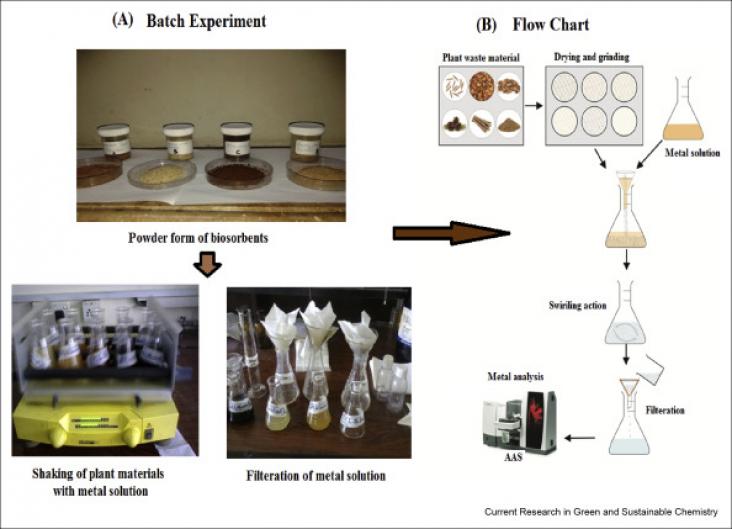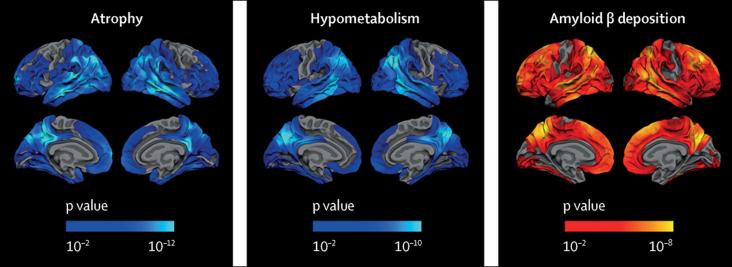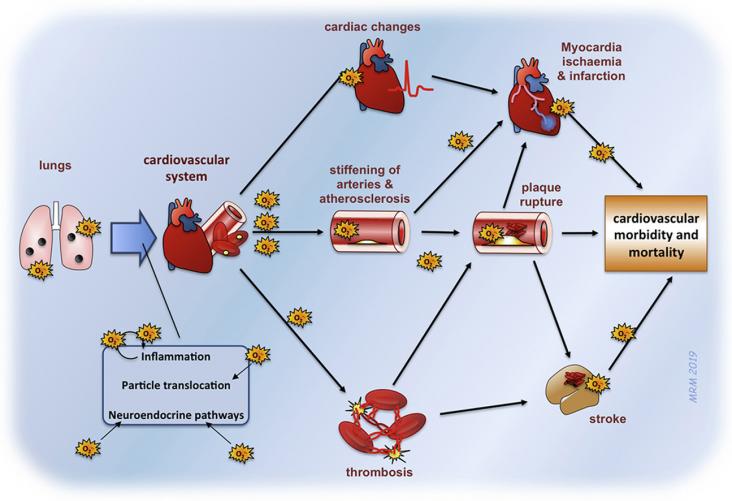In the light of the opportunities presented by the Sustainable Development Goals (SDGs) debate is being reignited to understand the connections between human population dynamics (including rapid po
Metastatic colorectal cancer outcomes continue to improve, but they vary significantly by race and ethnicity.

This research explores the use of indigenous waste plant materials for an easy and cost-effective approach for the removal of heavy metals from water.
Alzheimer's disease may cause respiratory disorders. Levothyroxine can reduce lung inflammation and oxidative stress. Treatment with Levothyroxine may partially improve Alzheimer's disease.

An article on the natural history of Alzheimer's disease in adults with Down syndrome, in the context of SDGs 3 and 10, focusing specifically on the order and timing of biomarker changes in this population.
Alzheimer's disease is the most common form of dementia and is a serious health problem. The disease is expected to increase further in the upcoming years with the increase of the elderly population.
Background: In Niger the prevalence of girl child marriage and low female control over family planning (FP) has resulted in the world's highest adolescent fertility.
Despite a global understanding that indicators and outcomes of cardiovascular disease (CVD) are known to differ between men and women, uptake of the recognition of sex and gender influences on the cli

Cardiovascular causes have been estimated to be responsible for more than two thirds of the considerable mortality attributed to air pollution.
This study supports SDG 3 and 10 by highlighting the increased prevalence of diabetes and gestational diabetes in Indigenous women compared with non-Indigenous women, across Australia, Canada, New Zealand, and the USA. These findings highlight the need for system-wide and structural interventions to reduce the risk of diabetes and gestational diabetes in Indigenous women before, during, and after pregnancy.
